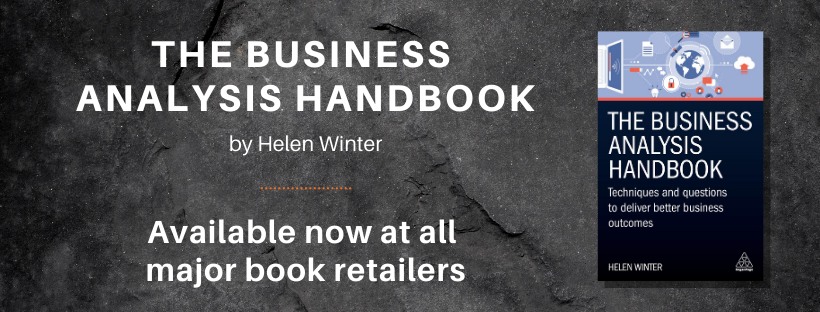
During the early stages of a project or change assessment one of the challenges is getting the time and information you need from stakeholders so you can elicit, document and gain consensus of the processes and requirements from them.
Reasons why this can be difficult is:
- You might not be their manager and they don’t have to report to you
- They have their BAU jobs to do
- They might not understand the level of information you need from them
- They might not even understand your role
There are a number of steps you can do to make your job easier. These steps are not in chronological order and are all important.
Build rapport
If you are likable they are more likely to make time for you. Make sure you introduce yourself, ask about them and take an interest in what they say. Take seriously any concerns they have and always respond promptly to them. Don’t always have formal meetings, sometimes accidentally passing by their desk and having an informal conversation or inviting them for a tea/coffee can gain far more information.
Manager support and permission
Ideally the project manager or the stakeholders manager will set the scene in advance with the stakeholders so they understand why you need to speak with them. If their time is planned in and they know their manager has given them permission to speak with you then it will be easier to get their time.
Understanding of Business Analyst role
Ensure the stakeholders understand how you will benefit them. The project manager will be primarily concerned with delivering the project on time. The business analyst primary focus is to ensure that what is delivered is in line with the business needs so that at the end of the project the benefits are realised.
One option on how to do this could be in the form of a presentation to explain how you are going to help, the deliverables you will produce, how it will be used and what you need in return. There should not be any involvement from a business analyst without a clear deliverable from it. This also sets out expectations and be an opportunity for the stakeholder to provide input as to how they can help and how much time they think it will take from them.
It may also be the case that their understanding increases over time. A good business analyst should be able to provide structure to eliciting the requirements, prevent silos, gain the appropriate amount of detail, remove ambiguity to requirements and ensure consensus.
Getting early involvement
One of the most common problems for a business analyst is when they are not involved early enough on the project. Being involved early on means they can build relationships earlier and have a better understanding of the stakeholder journey. It can be problematic if the stakeholders think they have given all the required information before you are involved. It’s even more difficult if developers have already been engaged because stakeholders often have a perception that a business analyst may then hold things up.
Planning how much of their time you need
Planning how much time you will need with the stakeholders will help set out their expectations, gain their agreement and make it easier for them to plan their time to accommodate. See the article Using a use case model for estimating and planning for a technique to help you with this.
Meeting contribution
Sending out an agenda in advance and ensuring the stakeholders understand why you need the meeting are useful techniques for gaining attendance. Some stakeholders prefer to think about the goals of the meeting in advance so will appreciate the notice. Another technique useful for gaining good stakeholder engagement in meetings is as part of the introductions to ask each attendee to state why they are there, what they hope to get from the meeting and what they can contribute to the meeting.
Thoughts? Questions? Please share in the comments.
If you have found this article useful then you might like my book – The Business Analysis Handbook – Techniques and Questions for better Business Outcomes. The book is available from www.koganpage.com and all major print and e-book retailers.

